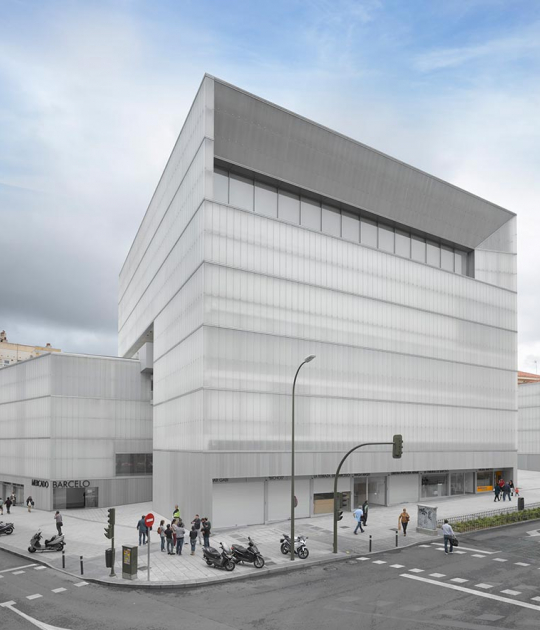The jury of the international competition for the Archive of the Avant-garde (Archiv der Avantgarden der Staatlichen Kunstsammlungen) has awarded the First Prize to the project by Nieto Sobejano Arquitectos (Madrid-Berlin). The contest was promoted by the Land of Saxony in order to rehabilitate and extend the historic Baroque building of the Blockhaus to house the valuable archive donated by the German-Italian collector Egidio Marzona.
Nieto Sobejano's proposal was chosen as the winner among 28 other finalists, after a previous selection of 103 European architects. The second and third place were awarded to the projects of Schulz & Schulz and Wandel Lorch, while honorary mentions were given to Diener & Diener, Rohdecan and Riegler Riewe.
The Blockhaus is one of the most significant buildings in the historic center of the German city located on the banks of the Elbe River. Initially built in 1732, it underwent multiple transformations over time, fundamentally after the Second World War. The project, with an area of 2,000 m² and a total investment of € 20 million, responds to the desire to open the archive to visitors, specialists and the public in general.
The newly accessible archive of valuable and heterogeneous legacy includes works of art, objects, drawings, plans and furniture of the different artistic currents that constituted the vanguards in the field of art and architecture: Futurism, Dadaism, Constructivism, Surrealism, and represented by institutions such as the Werkbund, the Bauhaus, the HfG Ulm or the Black Mountain College.
The winning project by Nieto Sobejano Arquitectos arises from a dialogue between memory and the avant-garde, represented by the building and its collection, which translates into the insertion of a suspended cube containing the archive that frees the entire ground floor as a flexible space for public meeting, exhibitions, workshops and conferences. In the words of the jury, chaired by the architect Arno Lederer: "The subtle provocation and the mental game that the institutional name implies is understood as the starting point in this project: a massive concrete volume that floats in the void of the empty Blockhaus forms the centerpiece of the archive, a hidden treasure, like the inevitable presence of the past".


























